Affiliate links on Android Authority may earn us a commission. Learn more.
OnePlus India interview: Balancing what users want with company ambitions
August 27, 2020
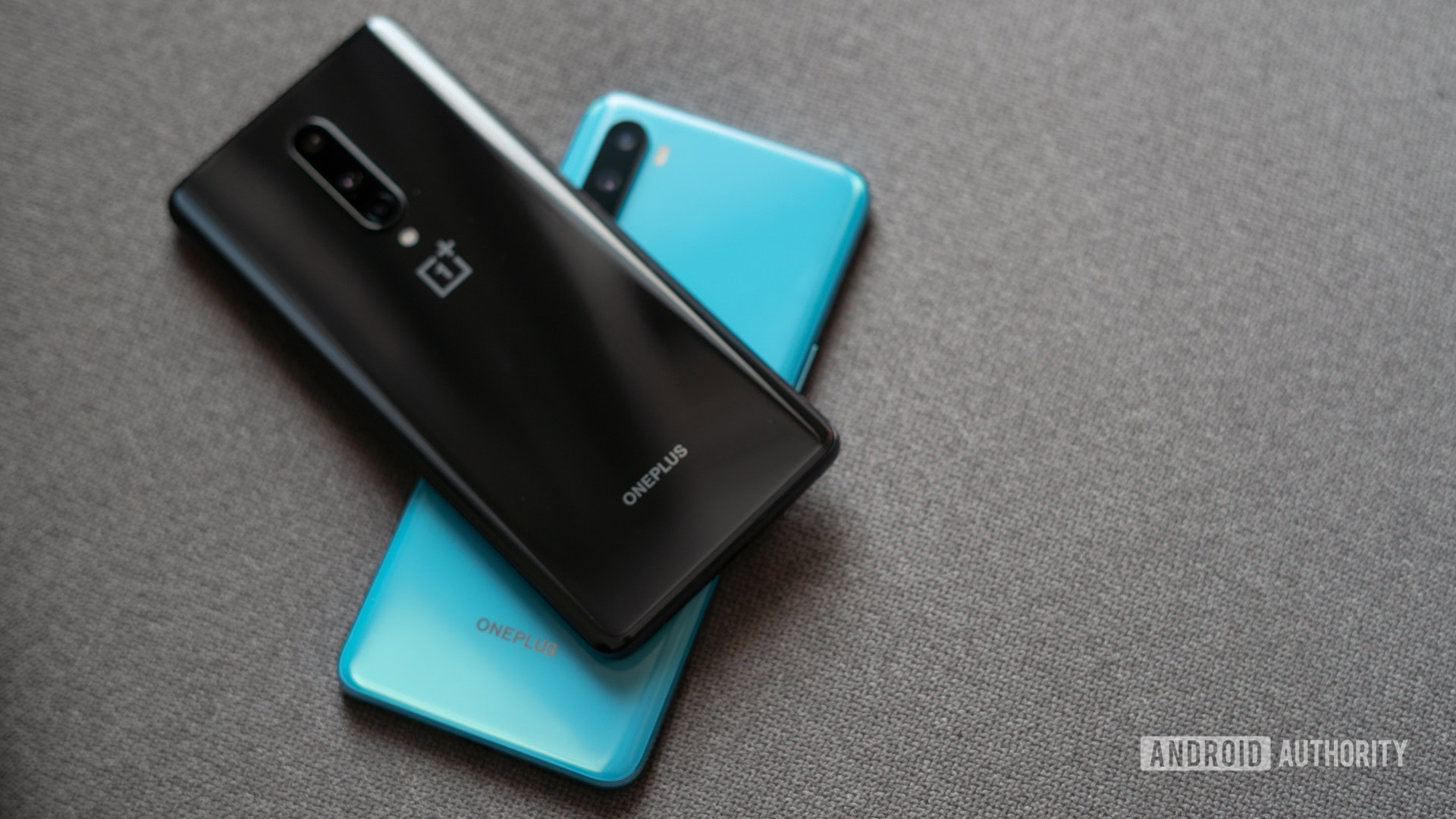
A focus on clean software and a loaded spec sheet has made OnePlus hardware a premium bestseller in markets like India where value remains king. However, six years since its inception, OnePlus is still a blip on the horizon as far as global shipments go.
Keen observers would have noticed the distinct shift in the hardware and software strategy at OnePlus over the last two years and a large part of that has been led by India. We got a chance to interview Ramagopala Reddy, Vice President, OnePlus India R&D, to talk about Oxygen OS, features designed for the Indian market, and the way ahead.
Related: OnePlus phones: A history of the company’s entire lineup so far
Oxygen OS
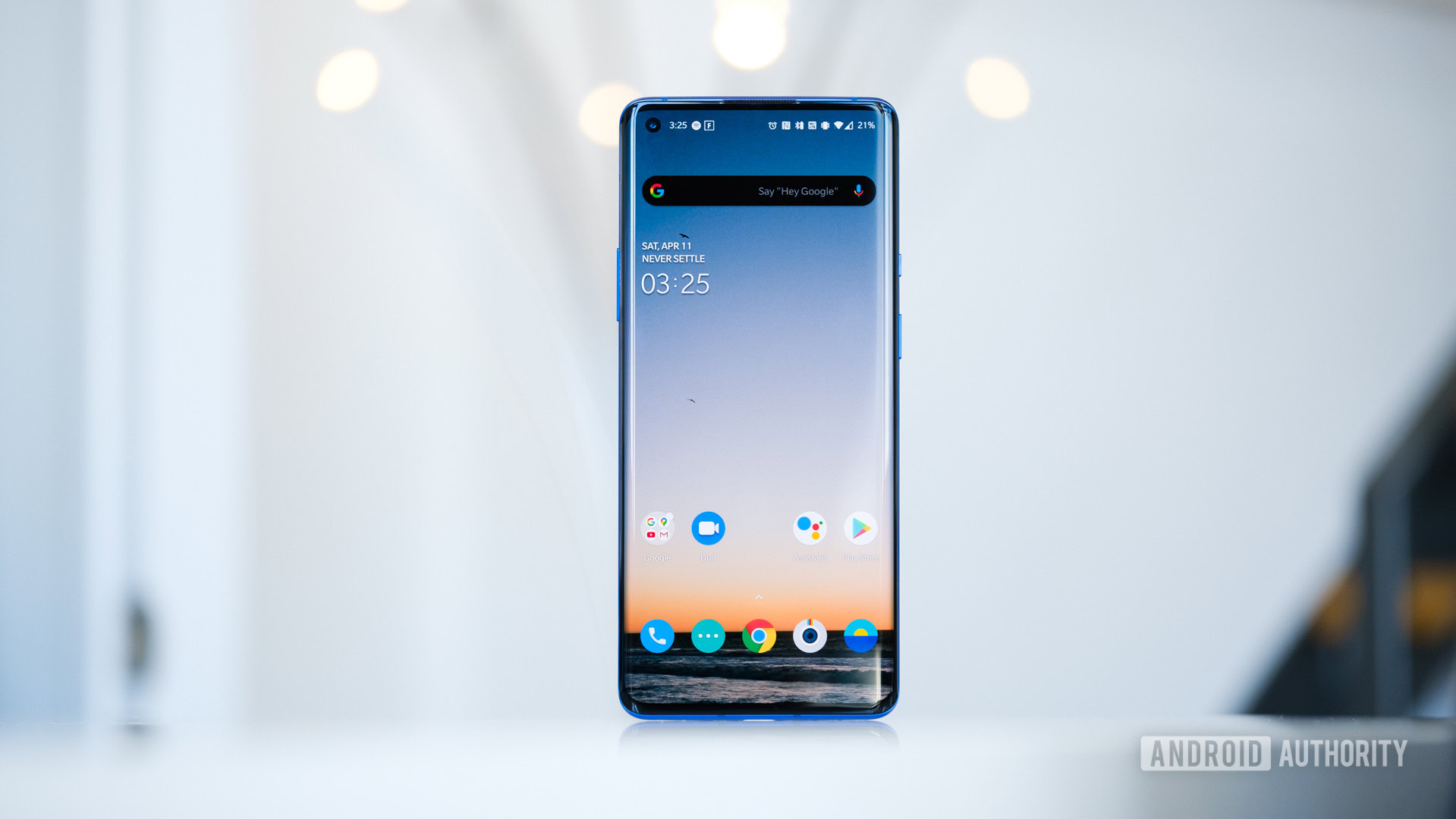
Starting with the OnePlus 7 Pro and now the OnePlus 8 series, the flagship killer has very quickly transformed into a flagship contender. To counter this, the OnePlus Nord was introduced as a more affordable option that still largely embraced the original OnePlus ethos — fast, stylish, affordable.
Meanwhile, the software experience has consistently evolved from its near-stock appeal to a more generalist persona. From the plethora of features added over the last few generations of hardware to the constant “Red Cable Club” notification in the settings menu, and now, a completely reworked UI with Oxygen OS 11 — this is far from the close-to-stock experience that has been the hallmark of OnePlus software.
OnePlus has clear mainstream ambitions. The feature additions made to Oxygen OS paint a very obvious picture of the company’s direction going forward.
Let’s start with the obvious. Where OnePlus once marketed phones on the merits of a near-stock experience, the verbiage has since shifted to “burdenless.” In fact, a 2018 OnePlus Forum post talks in-depth about how the new ideology would shape OnePlus hardware going forward.
Speaking to Android Authority about feature creep and the shifting focus from the near-stock experience, Reddy further explained this new ideology:
A burdenless software experience is at the core of product development at OnePlus and will continue to be the philosophy that we build our products by. Through the evolution of Oxygen OS, we have introduced a plethora of features, which the community find engaging and intuitive, bettering their experience while keeping the interaction light and minimal.
“Burdenless” is a pretty loaded term, and points to a future where the user experience remains easy to use. However, it glances over the idea of feature creep and goes against the very idea of the near-stock interface that won fans over.
By all appearances, the software additions, and the introduction of a new mid-range option, OnePlus is gunning for a more traditional audience. If it takes alienating a vocal minority of enthusiasts, it might not necessarily care anymore.
If the last two years of software additions are anything to go by, fan input seems to be important to OnePlus only when it aligns with the company’s broader goals. In particular, the UI changes in the upcoming Android 11-based Oxygen OS haven’t gone down too well with fans.
There’s another topic that’s prompted a small backlash too: the decision to pre-load Facebook applications as system apps. On the topic of the recent inclusion of an embedded Facebook framework in Oxygen OS and the possibility of advertisements, Reddy said, “at OnePlus, we are committed to providing our users an experience that is intuitive and optimized to get [the] most out of our products.”
The framework installs Facebook-owned apps like Instagram and Messenger by default, and it can bypass the Play Store for app updates. It also can’t be removed through traditional means — only disabled. For better or worse, it once again points toward a shifting focus to mass appeal behind software development.
Thankfully, OnePlus isn’t considering another increasingly common feature of Android skins. “As for advertisements on Oxygen OS, we will continue to have ad-free software experience,” said Reddy.
OnePlus India: The development process
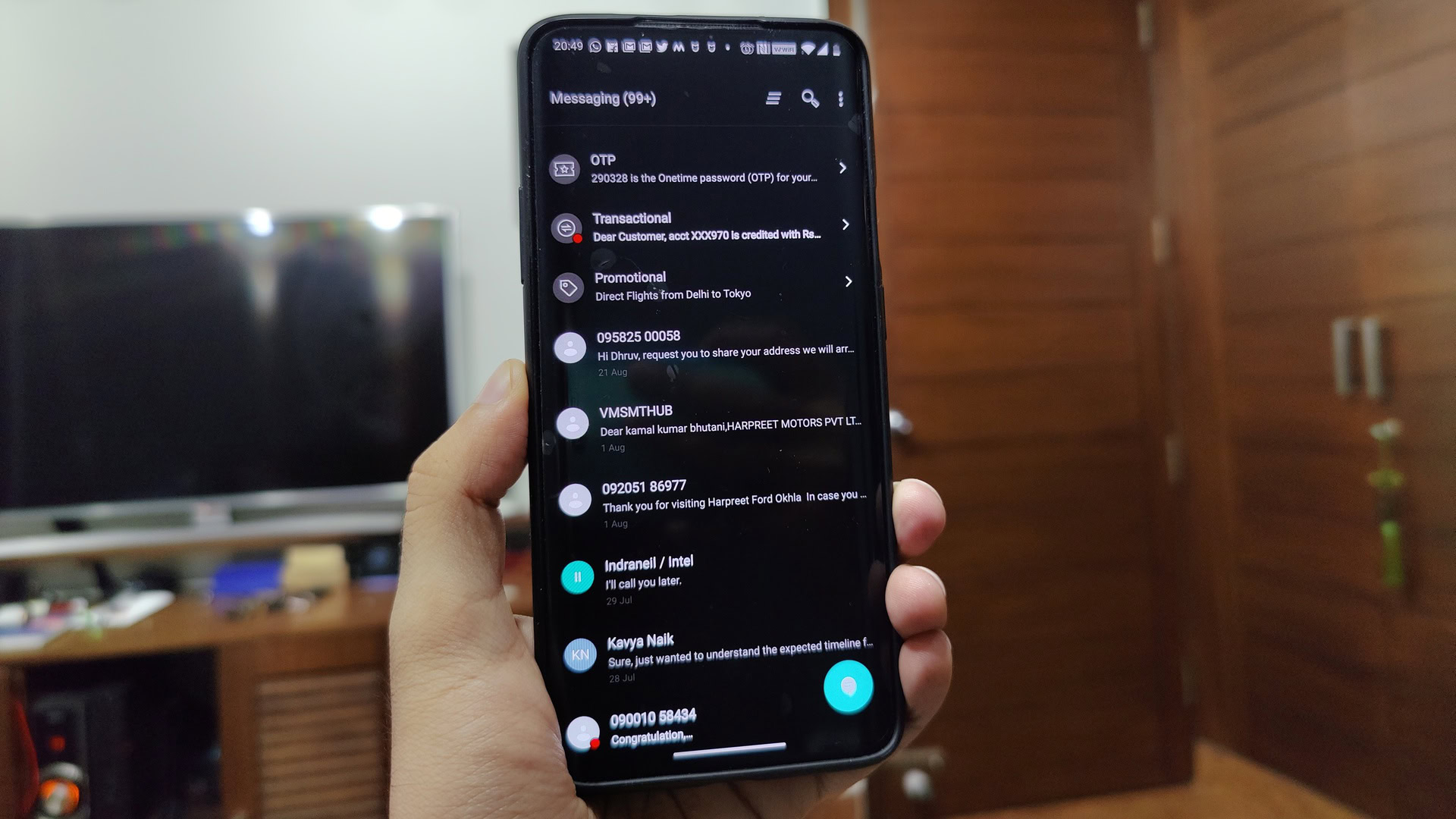
Starting in 2019, OnePlus has been expanding on its feature set in India. This includes smart SMS sorting for better organization of messages and parsing one-time passwords, cricket scores, a work-life balance mode to halt notifications during work hours, cloud storage options and even a cut-cost international data roaming plan. While it’s planned for these India-specific features to make a global debut at some point, so far we haven’t seen any such rollout.
On the topic of availability of India-specific features to a global audience, Reddy explained:
The OnePlus product experience at its heart has always been universal. That being said, India being the largest market for OnePlus with the biggest user base makes the feedback loop most effective in India. Most of these OnePlus features that are being piloted in India are very much scheduled for a global rollout. A testament to that are features such as Work-Life Balance and now OnePlus Scout, which were developed at the India R&D center and based on performance, will be extended to other regions as well.We test several features throughout the year via the multiple Beta testers groups and you might see features that were on the Beta build not make the final cut. A clean user experience is still the core pillar for OnePlus, and only features that make the experience more intuitive make the final build.
India plays a key role in the software strategy for obvious reasons. OnePlus enjoys a 29% market share in the country’s premium smartphone market — ahead of Samsung. In fact, India serves as the largest user base for the company.
A majority of these India-specific features have been developed out of the company’s recently launched Hyderabad R&D Center. Reddy claims that the facility’s focus is on developing future camera technologies, AI, network, and connectivity as well as to lead India-specific feature development.
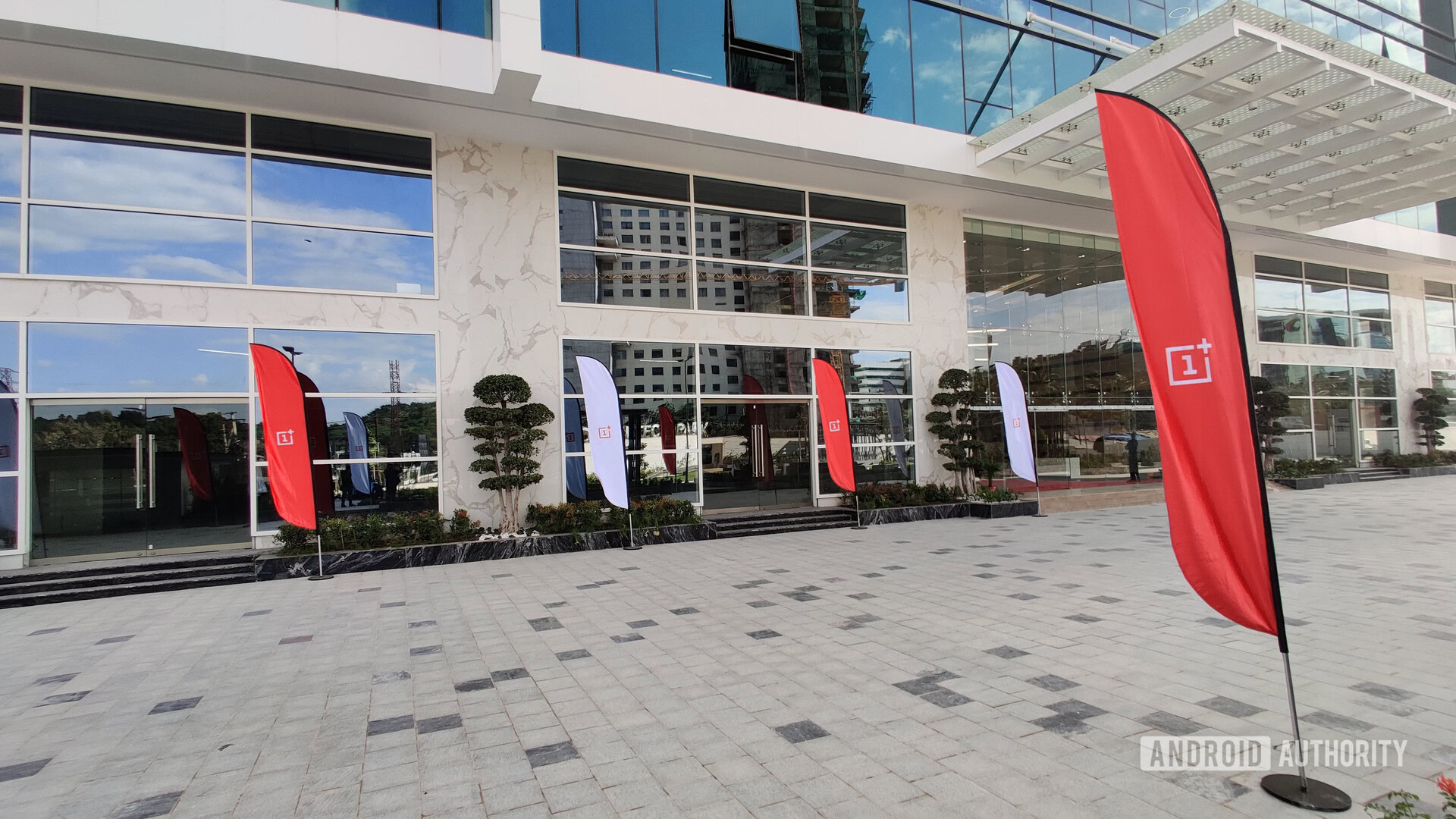
It’s interesting to see how OnePlus is tapping into its vast Indian user base to test out upcoming features. Beta testers offer valuable feedback on performance and utility before a feature makes the cut to the final build. Of course, development doesn’t work in a silo. Reddy went on to explain that the India R&D center collaborates with facilities across regions to create a knowledge bank to innovate on features.
When asked about the involvement of the India R&D center in the development process, Ramagopal Reddy had this to say:
The India R&D center works in collaboration with other regions to curate an experience which is universal yet intuitive for a specific region, sharing the knowledge bank and expertise to innovate on features, an example of which is OnePlus Scout, Work-Life Balance and UX/UI design for the OnePlus Nord. All features driven out of any R&D center are a result of collaboration and multiple levels of testing across regions, and the final say rests with the region driving the innovation, in this case India.
The R&D center works in collaboration with global teams to suss out details and figure out what features will work best for an individual market. Case in point: OnePlus Scout, and the UX/UI design for the Nord. The OnePlus India team led development here and contributed toward the camera software, and 5G network optimizations as well as customizations in Oxygen OS.
Speaking about OnePlus Pay — yet another feature developed entirely out of India — Reddy added:
We first announced OnePlus Pay, OnePlus’ NFC based digital wallet and mobile payments solution, in September 2019. As with all our features, OnePlus Pay is also being subjected to several rounds of testing to ensure OnePlus’ promise of a fast and smooth experience. This is another feature that is being developed entirely out of India.
With digital payments on the rise in India, the NFC based digital wallet solution would be a natural fit but it remains to be seen if OnePlus will add the feature here.
Reddy went on to add that Indian users can expect Work-Life Balance 2.0, OnePlus Sports with football scores to join OnePlus Scout in future updates. As with previous features, there’s no timeline on when markets outside India will get access to them.
Future forward
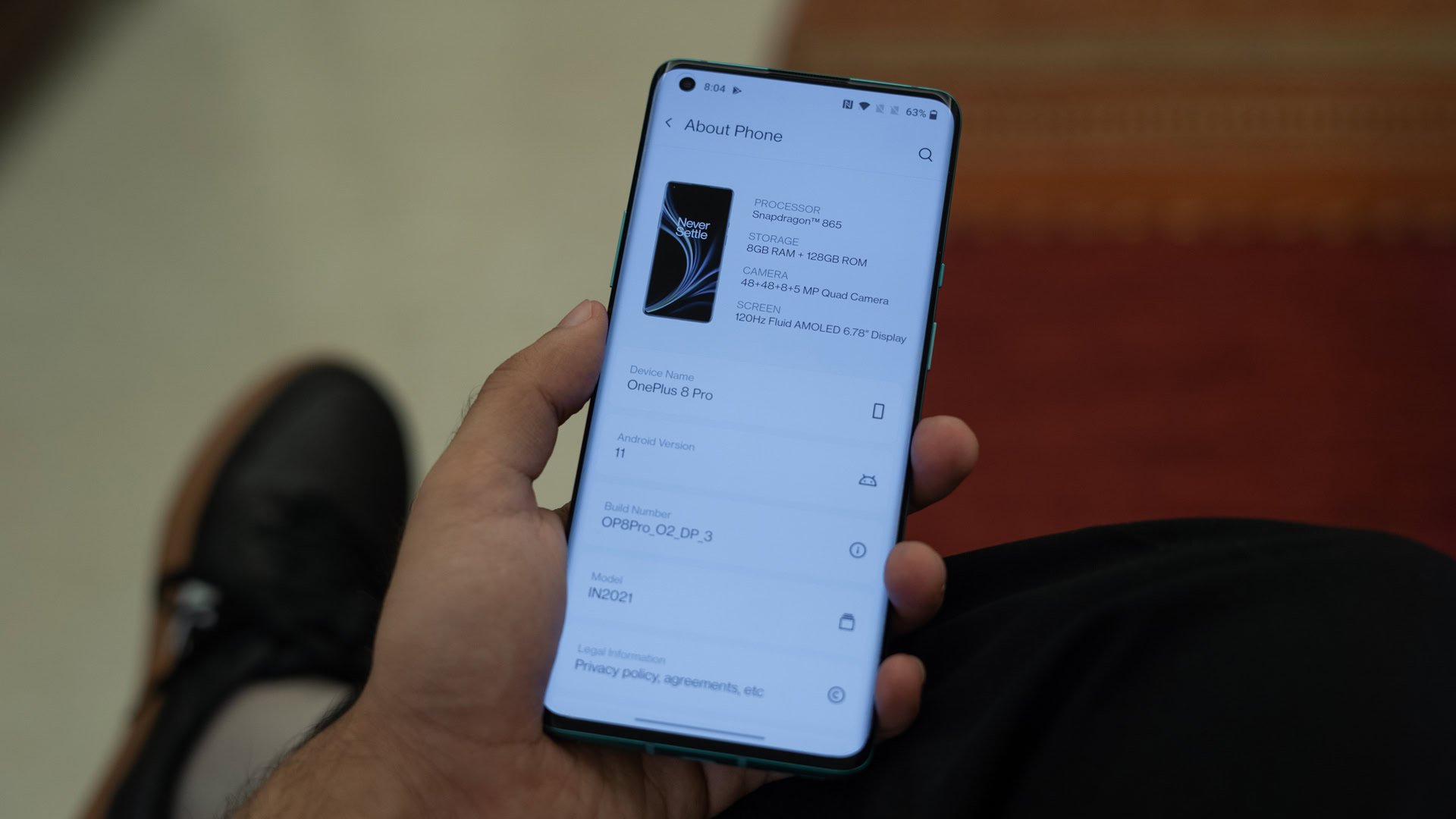
From the days of Cyanogen OS to the polarising Oxygen OS 11, OnePlus’ software strategy has clearly changed from user-led to user-validated input. Meanwhile, the company is navigating a transition from being a performance enthusiast’s dream to a brand with a lot more mass appeal, both in hardware and software.
Between the increasing amount of feature additions, and the One UI-inspired look of the Android 11 developer beta, this might not be the Oxygen OS that OnePlus enthusiasts signed up for. It remains to be seen how OnePlus rises to the challenge of balancing feature creep while still maintaining that sense of a burdenless experience.
OnePlus might be losing out on its differentiating factor by heading in the same direction as the competition.
OnePlus has been clear that it’s targeting a younger, mass-market demographic with the Nord. Affordability and fast performance being the key tenets here.
In our interview with OnePlus ahead of the launch of the Nord, the company was clear on Oxygen OS being one of the defining characteristics of the OnePlus experience. Gathering mainstream momentum is critical for the company to grow its market share, and the upcoming changes to the core identity of Oxygen OS comes across as a rather big gamble.
OnePlus has been lucky enough to stay ahead of the curve with its value proposition, but that might no longer be the case. The company built its reputation on a clean software build and top of the line specs. However, competitors like Xiaomi and realme have the hardware to match and have been building out a robust feature-set.
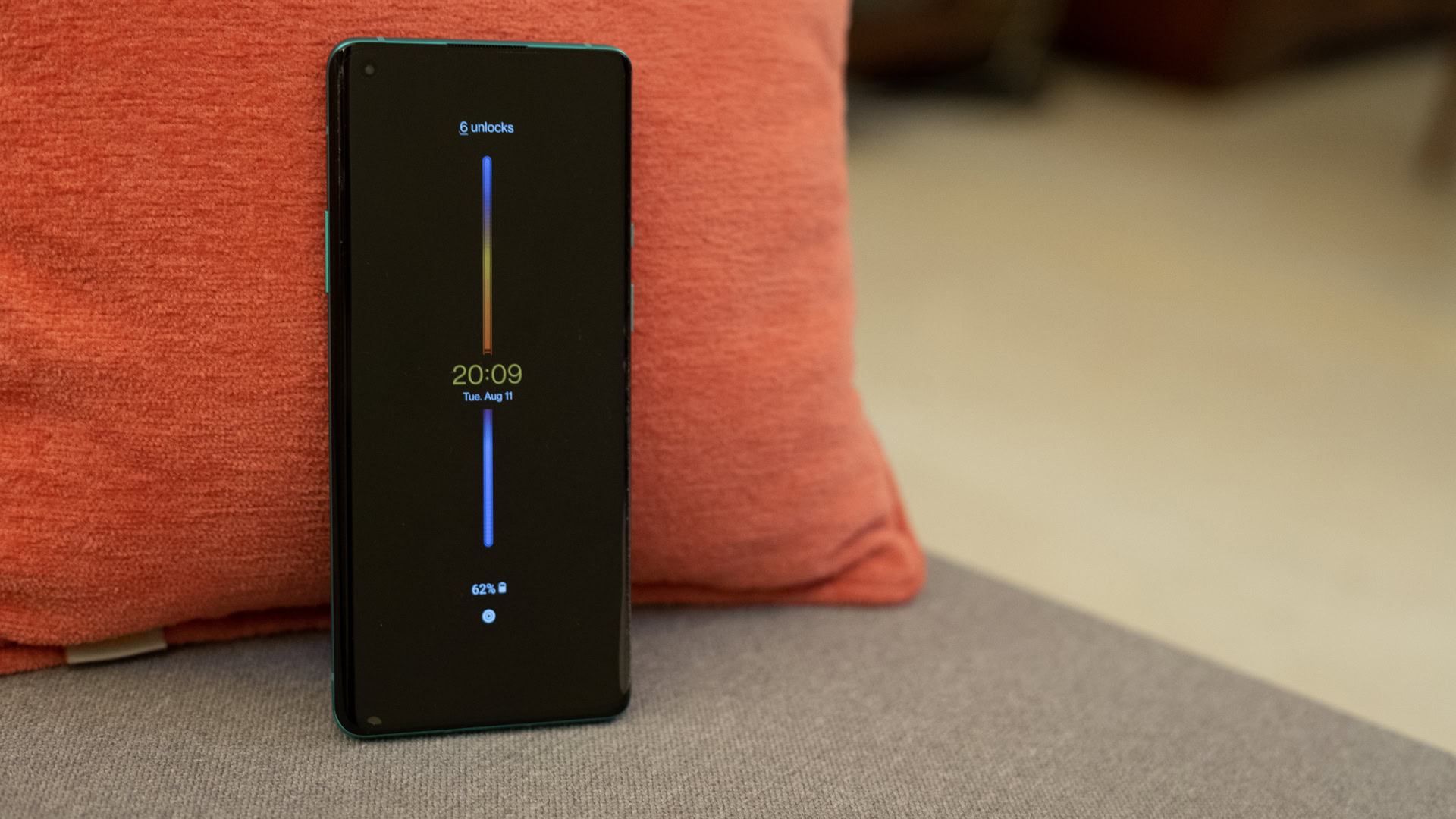
For example, file sharing. Sure, OnePlus has File Dash, but that’s proprietary to OnePlus users. On the other hand, Mi Share lets you beam across data at high speed to any Android user. From an interface point of view, MIUI 12 and — to an extent — realme UI provide a different but just-as-clean software build that can be customized to your heart’s desire. Yes, both the skins have long had a surprisingly customizable Always On Display option. A feature that OnePlus is only now getting to.
We asked if OnePlus was giving up on its core audience of enthusiasts to which Reddy replied:
Our core audience has and always will be as core to OnePlus as the product itself. As our core audience expands, we will work towards being the best [in] technology and developing features that add value to your experience with our product offerings.
The answer paints a clear picture. While fast and fluid performance, minimal interactions remain a key feature of Oxygen OS, the company is now geared towards expanding its core audience, and with it comes the added burden of differentiating with software.
What do you think? Is OnePlus headed in the right direction with a more thoughtful and curated approach towards software features, or would you prefer the near-stock experience that made the brand more appealing?
Is OnePlus taking Oxygen OS in the right direction?
Thank you for being part of our community. Read our Comment Policy before posting.